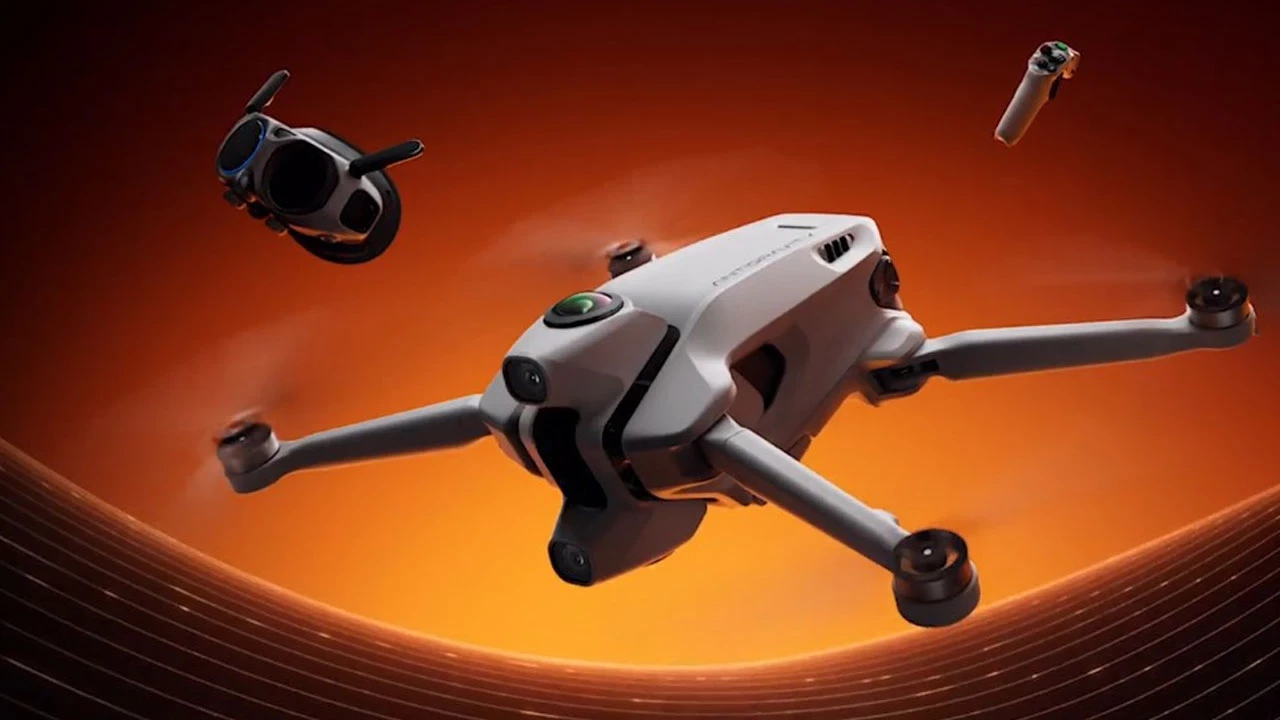Insta360 is once again moving faster than DJI. The company has officially confirmed a December 4 launch for its highly anticipated Antigravity A1, which will be its first-ever 360° drone. That puts Insta360 ahead of DJI’s rumored Avata 360, which still lacks a release date despite swirling leaks.
Insta360 moves up Antigravity A1 release date

Back in August, Insta360 stated that the Antigravity A1 wouldn’t arrive until January 2026. DJI is under pressure to launch before possible new sales restrictions in the U.S. As a result, the timeline may have shifted. Insta360 has now confirmed its launch for December 4 at 14:00 UTC a full month ahead of schedule. Whether that move is strategic or just coincidence remains unclear.
The company hasn’t confirmed if retail availability begins the same day, but it’s clear they want to be first out of the gate.
DJI Avata 360 may still be in development
DJI is rumored to be working on the Avata 360, a 360° drone said to use the same camera sensor found in the Osmo 360. But aside from leaked renders and speculative launch chatter, DJI has yet to make anything official. Reports suggest it may be trying to push the Avata 360 to market before the end of the year to dodge looming regulatory hurdles in the U.S.
With no confirmed date, though, Insta360 is poised to beat DJI to the punch.
Antigravity A1 could debut around $999
Early leaks suggest the Antigravity A1 will launch near $999. This price puts it alongside Insta360’s premium action gear. The drone is expected to capture full 360° video while in flight. It will likely include stabilization and editing tools from the Insta360 software suite.
Race to 360° skies is officially on
Insta360 has a track record of surprising the market and this time, it’s not just with cameras. By accelerating the Antigravity A1 launch, it may not only beat DJI’s Avata 360 to market but also establish itself as the early leader in aerial 360° capture.
For creators and drone enthusiasts, this marks the beginning of a new kind of airspace competition where full-scene coverage matters as much as flight time.














